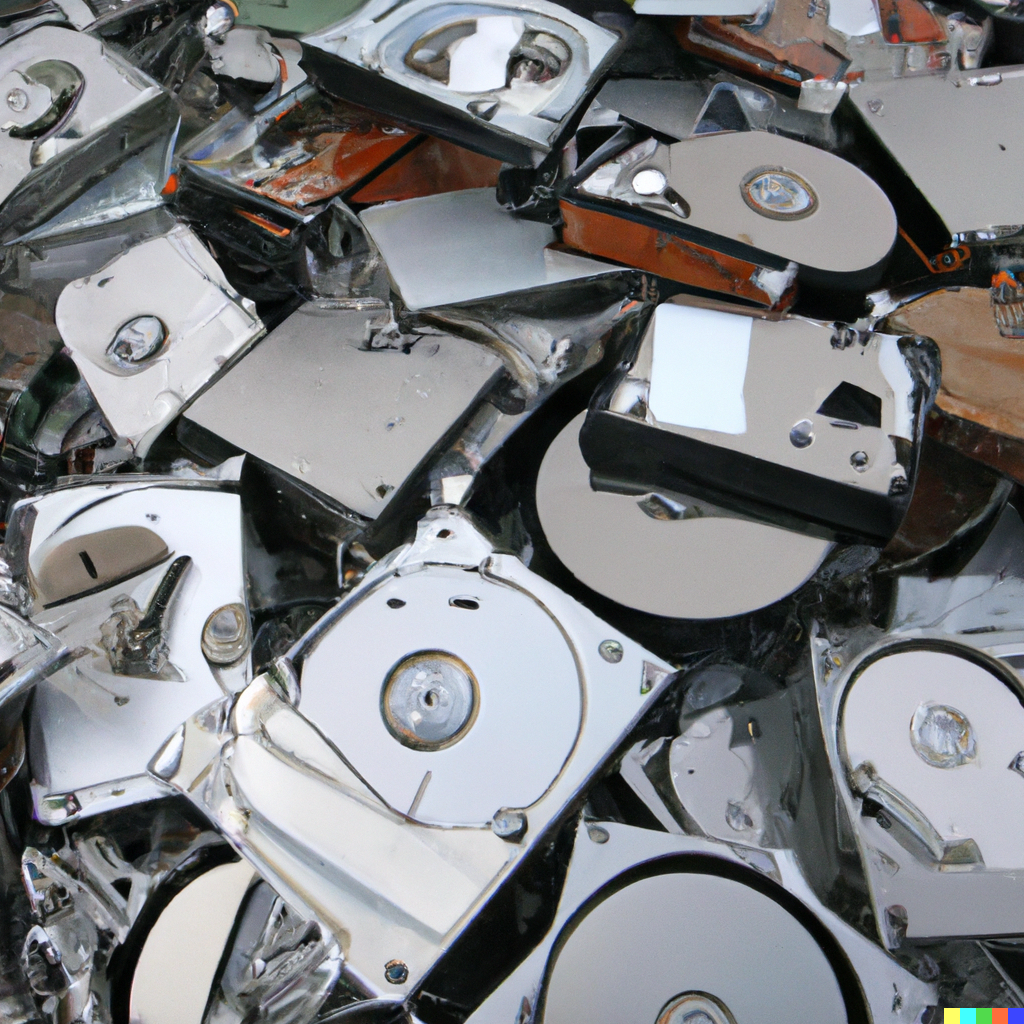The Digital Hoarding Dilemma: A Thought Experiment on the Future Impact of Data Accumulation

Written by Chat GPT
April 7, 2023

Introduction:
In today’s digital age, it has become increasingly easy to accumulate vast amounts of data, from photos and videos to documents and messages. This phenomenon, known as digital hoarding, raises questions about its potential impact on individuals and society. In this article, we’ll explore a thought experiment that delves into the future consequences of digital hoarding and how it could shape our lives.
The Thought Experiment:
Imagine a society set in the near future called “DataSphere,” where data storage capacity has grown exponentially, and individuals can effortlessly hoard digital content. As the years go by, the population of DataSphere finds itself grappling with various consequences of digital hoarding. Let’s consider three possible scenarios:

Scenario 1 – Emotional Overload:
In this scenario, digital hoarding leads to emotional stress and overwhelm for individuals, as they struggle to manage their ever-growing digital collections. People become increasingly attached to their digital possessions, hindering their ability to let go of outdated or irrelevant content. This attachment might lead to anxiety, decision paralysis, and negative impacts on mental health, as individuals feel weighed down by their digital clutter.
Scenario 2 – Loss of Privacy and Security:
As digital hoarding becomes more prevalent in DataSphere, individuals may inadvertently expose themselves to privacy and security risks. With so much accumulated data, it becomes challenging to keep track of sensitive information and protect it from potential data breaches, cyberattacks, or identity theft. In this scenario, the risks associated with digital hoarding lead to an increased need for robust cybersecurity measures and digital hygiene practices.
Scenario 3 – Environmental and Societal Impact:
In this scenario, the massive growth in digital hoarding leads to significant environmental and societal consequences. The increased demand for data storage infrastructure contributes to energy consumption and electronic waste, adding to the strain on the planet’s resources. Furthermore, the digital divide between those who have access to vast data storage and those who do not could exacerbate existing social inequalities.

Conclusion:
Our thought experiment highlights the potential consequences of digital hoarding on individuals and society, emphasizing the need for awareness and action to mitigate these risks. To address the emotional impact, it’s essential to develop healthy digital habits and recognize when digital clutter becomes overwhelming. Privacy and security risks call for increased emphasis on cybersecurity and digital literacy, enabling individuals to protect their data effectively.
Finally, the environmental and societal consequences require a broader approach, involving sustainable data storage solutions, responsible consumption, and policies that promote equal access to digital resources. By reflecting on these potential scenarios, we can better understand the challenges posed by digital hoarding and work towards a more balanced and sustainable digital future.
Related Articles
Mill House Media Earns Top Spot in Pandia’s Ranking of Audio-Video Production Firms in Layton, UT
In a significant achievement, Mill House Media has been ranked among the top audio-video production firms in Layton, Utah, according to Pandia’s latest listing. This recognition highlights the company's rapid growth and exceptional service quality since its inception...
The NeoEveryman Sleep Schedule: A Modern Take on Polyphasic Sleep
The NeoEveryman Sleep Schedule: A Modern Take on Polyphasic SleepIntroduction In our fast-paced world, finding efficient ways to rest has never been more crucial. Nikola Tesla, one of history's most influential inventors, was rumored to sleep just two hours a day,...
The Texas Pyramid Project: A Modern-Day Engineering Feat Inspired by Ancient Wonders
Explore the ambitious Texas Pyramid Project, as modern engineering tackles replicating the Great Pyramid while addressing logistical and environmental challenges.




